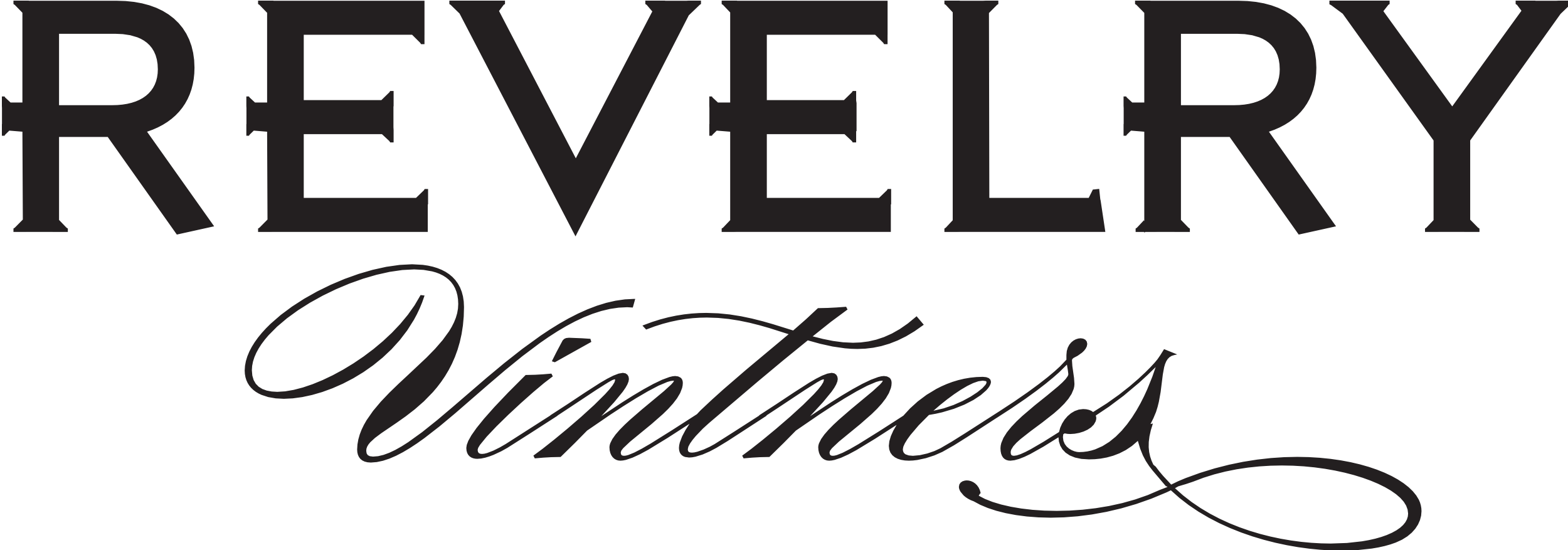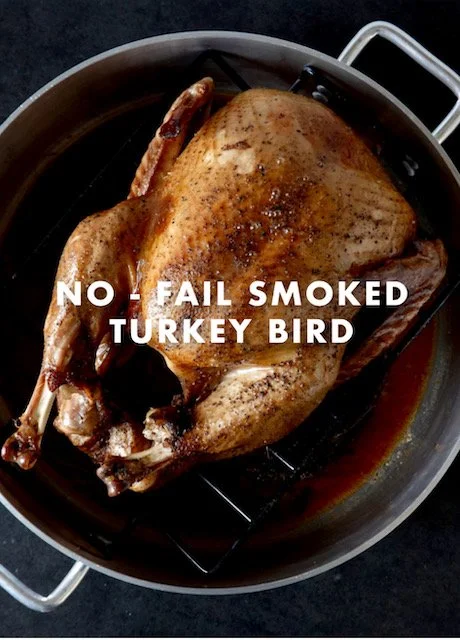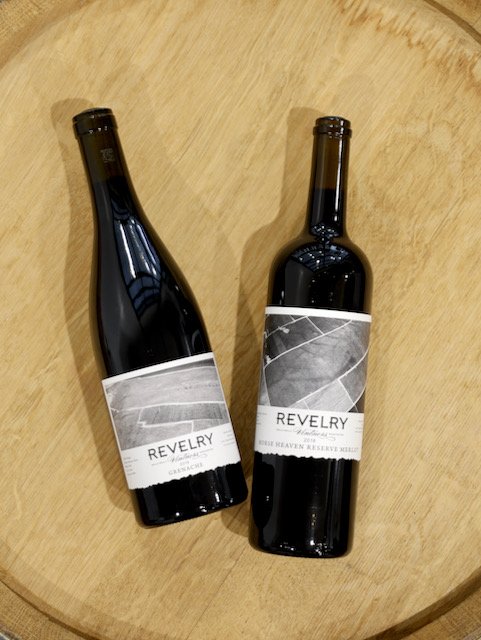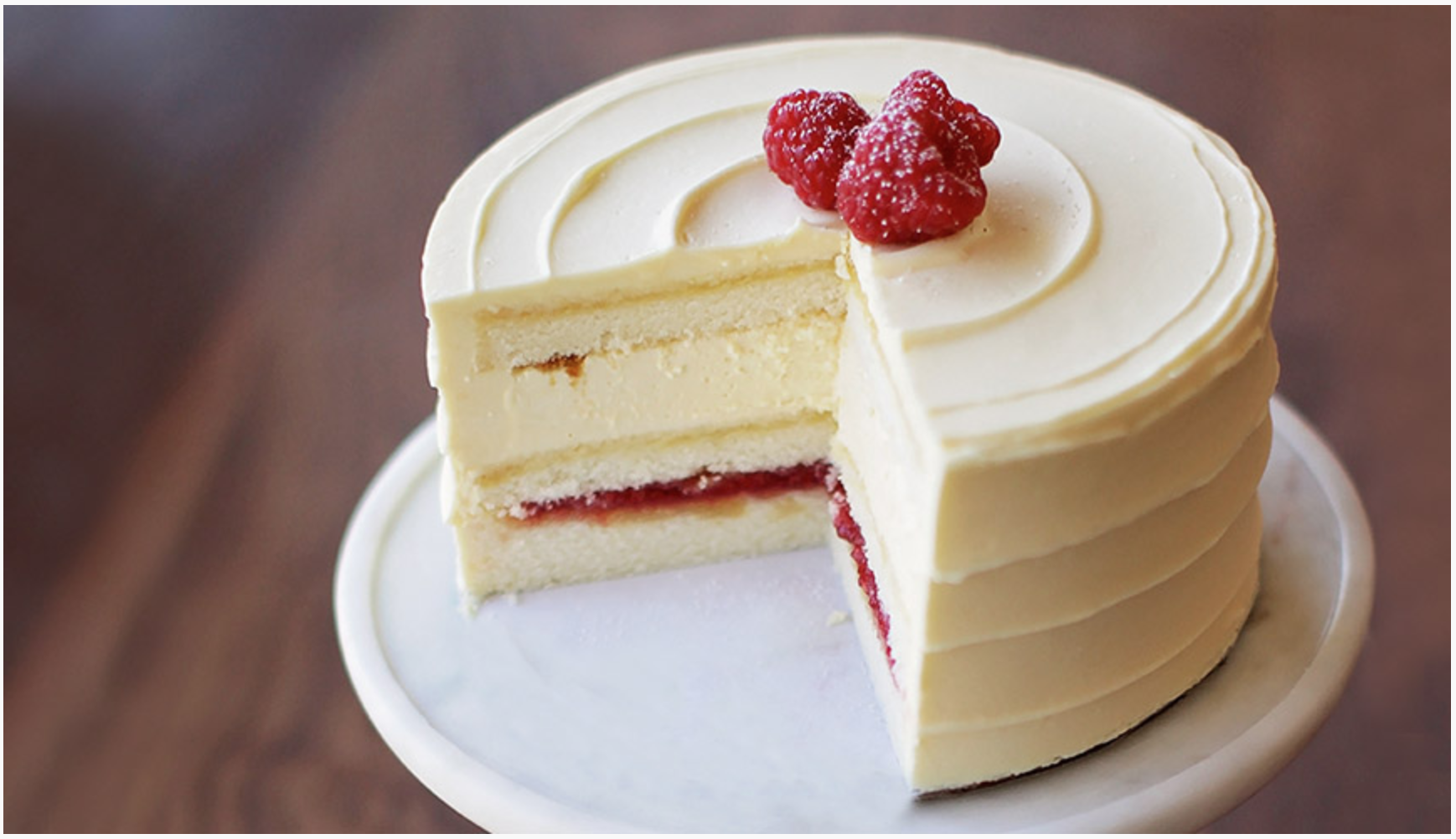REVELRY: Okay Hannah, to give some context, anyone thats been to Walla Walla has likely eaten your food, or food directly influenced by you without perhaps knowing it. You opened Brasserie Four restaurant on main street in September of 2008. Much more recently however you opened Foodscape Walla Walla. Its brand new and growing a following quickly, but for those that aren’t yet familiar, tell us a little bit about it.
HANNAH: Foodscape is an online grocer in Walla Walla. So you can pop in through the alley off of Colville Street. We’re a little seafood speak easy back there. But you can find all of our offering online at foodscapeww.com.
R: Where did the inspiration for Foodscape come from?
H: Foodscape, the term, means you know, where you acquire food, talk about food, grab meaning from food, it’s essentially what surrounds you. Being in Walla Walla I just want to share and highlight the bounty that is here. From food, to all the agriculture offerings really: produce, meat, seafood being four hours away and on the coast.
R: And you carry things not only from here but from all over the place. So let's frame this a little bit. You are a Walla Walla native. I’ve been in Walla Walla since 1999 and the food scene was pretty sparse then. How did you first get into food? What first sparked this interest that has now turned into Foodscape - that was for you food and cooking; and where did you find that inspiration early on?
H: My first job, as a 14 year old, was picking strawberries for Klickers farms here; on my hands and knees with these little wooden crate wheelbarrow thingys that you rolled up and down the rows. You’ll recognize the pickers each season because their hands are stained purple from the berries. But I worked a whole summer out there and saved enough money to buy my first bike actually. It was a Specialized, and a real beauty. I really miss it.
So anyways, literally my hands have been in the dirt here since I was 14, and through all of my work as a teenager, I saved enough money to follow my dream. I think I read French Vogue in high school. Walla Walla was not the place it is now. There wasn’t much here - except for wheat fields and cowboys! So, I saved enough money to pay for my first year of college. I enrolled in the University of Paris, and I got on a plane at 18 years old and didn’t look back. For a year, I couldn’t afford to fly home. My family couldn’t afford to come see me, and I really had a coming of age in Paris.
I sorta went to school the first semester, and then mostly I just played, but I became very interested in food. I lived with a few French families while I was there, one of which was Madam Poupon, an heir to the great Poupon mustard family. She schooled me in all things French culture from a very formal level. Then I lived with Jacque and Jaqueline, who I am actually still in touch with. I actually saw Jaqueline in March as I flew to Paris for 24 hours before our country was locked down and I flew straight back home. Within five years, in 2008, two of her daughters and myself, had opened restaurants. She just evokes this sort of comfortable, generous ease with her cuisine. She taught me virtually everything I know. Jacque, my French father, would go get wine, and cheese, and bread everyday; and Jacqueline would prepare the vinaigrette, and the meat, and whatever and every night was three hours sitting around the table.
R: That’s sweet!
H: What was the question?
R: Doesn’t matter. [laugter…] It was where your inspiration came from.
H: So after that experience, I dropped out of college in France, came back to America, and enrolled in the Cordon Bleu Program in Portland - went through that and then just sort of bounced around trying to hone my skills in the French culinary arts. I decided to bring what I know of some great dishes and technique to my hometown, and sort of opened this casual comfortable easy French Brasserie on main street.
R: Suffice to say, it gelled in France. Your inspiration for food happened there.
H: Because everything just tasted so good! What that taught me was that when you source great things, when you find great things, when you spend the time to make extra trips to the baker, to the butcher, to the fish monger, to the cheese shop, you end up with a plethora of gorgeous ingredients. And what Walla Walla brings to the table at this point are exactly those things.
R: But this isn’t the only time that you’ve left and come back to Walla Walla. So the first time you go off to France, discover food, return to Walla Walla where you open what is now truly a staple restaurant in Brasserie Four, and one that was really critical to the growth of a now incredible food scene here in town. After a really successful run there and at the peak of the restaurants success, you sell it and move to Brooklyn.
H: Needed to shake things up a little bit!
R: Yeah! So its kinda like you are traveling abroad to France all over again. What happened in Brooklyn? What did you see there that is now represented in Foodscape?
H: I mean essentially I am just a gatherer really - you know. Wherever you go. It wasn’t as simple as going to culinary school and coming back with this great knowledge about French food. It was years and years of traveling, and testing, and trying, and learning, and being patient, and just kind of taking in all of those experiences - and then being in a position where I felt like I had a little bit of a voice and could share some of the things that I was fortunate enough to have experienced.
Heading to Brooklyn, I wanted to spend some time with my son and show him more of the country, and New York is the melting pot of America. So while there I did the same thing I do anywhere, which is just find, source, and follow anything food. So I became a pretty paralyzed by my desire to learn more about Middle Eastern cuisines, about Chinese food - especially those two. Certainly Italian, certainly Japanese, certainly Korean. You can experience the whole world in that city.
The other thing I learned in Brooklyn, or grew to appreciate at an even greater level, was just how incredible the food is in Walla Walla. Restaurants absolutely. And it all starts in the dirt, in the soil, in the farmers, in the laborers that are growing such incredible product. You see that in the wine and you can taste that all across the Valley. At Brasserie, even though I was cooking these really tried and true classic French dishes, what I think made them special here was that I was using local ingredients. So at Foodscape we are bringing in direct import, hundreds of spices from all over the world, and other things you can’t get here: olive oil, seafood, and vinegar. All the things you need to build a plate, married with what you can already find in the valley. Giving people the tools that they need to cook any cuisine under the sun.
R: For those of us in Walla Walla, we’re fortunate, you publish a weekly email with special order seafood, really incredible meals that are made for takeout especially now that is very handy, and a ton of really swoon-worthy specialty items to splurge on while we are in the shop. How best can those visiting Walla Walla, say this summer for the weekend, enjoy what you are doing there?
H: Well, you can come in and shop on Colville, or you are welcome to check out our store online. We will be offering lots and lots of kits that will be perhaps essential to your visit in the valley, to fill in the blanks between wine tours and great restaurant experiences. So if you’ve rented a house and are looking for some things to throw on the barbecue, we will supply you with the fish or protein. Some sauces to pair. You need salad, we will have all the greens grown in the Valley, plus a vinaigrette we are making in house. Some cheese; there will be Monteille cheese that is made in Dayton; charcuterie, those sorts of things; a snack before dinner; something to wake up with to enjoy.
R: Lunch to take with you when you visit wineries, because that can sometimes be sparse the further out you get.
H: Picnic Essentials.
R: Tell us the future and vision for Foodscape. What is in the works? Where you see this going? I know education is really important to you.
H: Beyond highlighting what the valley has to offer, we are trying to give everyone the tools they need to succeed in their home kitchens. So as I spoke about, that will be the spices and the pantry stock items. As the country opens up we will be doing a lot of teaching and cooking courses both online and in the shop. You can sign up to our weekly offerings for courses on Fish 101, buerre blanc, steak tartar, profiteroles, etc.
R: Those are dangerous! I don’t need to know how to make those. [more laughter]
H: No, no, no! We want to highlight techniques that represent various cultures, that are representative of various cultures in the valley. So you know I have a women working with me, that has worked with me for years, and she is an incredible Mexican cook. She will be teaching how to make salsas, and sauces and different things in that realm. Ilse Edwards is an incredible tree fruit grower in the valley. She comes from Austria, so she will be giving a course on strudel etc. I hope to fill the calendar with these experts of home cooking - family cooking representative of all cultures.
R: Those things that are just on the periphery of what we normally cook on a daily basis at home ourselves?
H: Yeah we all get into our own ruts. So we just need a little inspiration.
R: On that note you graciously agreed to spoil our wine club members with a tailor-made meal kit, which they will be able to pre order, and then virtually cook right along with you. They don’t even know about this yet, I am totally letting the cat out of the bag, but we are really excited for this! Do you know what’s on the menu yet?
H: Awh! Absolutely. So we will be sending this kit out in early April. The menu will be up online next week. What are we gonna do? In April, the sun is going to be out, there is a teeny chance we will have green onions and asparagus. There will be greens from Hayshaker farms, Frog Hollow I’m sure; various farmers in the valley. We also have this incredible cultivated mushroom grower here. So you’ll see a menu posted soon. I’m working on whats there. Halibut season kicks off March 6th, so thats something to think about. I don’t know yet.
R: I am cool with all of that. We are releasing a new Syrah and our Cabernet Franc so you know, and there could be some great pairing opportunities there. We really want you to stretch our culinary abilities with this, so keep that in mind too.
Note: we then discussed many possibilities which we are going to leave a surprise! Keep an eye your email for more on this and to participate.
R: Hannah, Thank you so much for telling us about Foodscape and bringing along all of these awesome meats and cheeses.
H: You betcha!
We will be publishing the menu soon and virtually cooking along with all of you on April 17th.
This event is an exclusive opportunity for members of our AERIALS Series Wine Club Membership, with an invitation going out via email. You must be a member to participate. If you are not yet a member, we’d love to have you. To learn more about membership and to join, visit https://www.revelryvintners.com/membership.
If you want to get your hands on some of the delicious offerings at Foodscape here in Walla Walla, check them out online at https://www.foodscapeww.com/.






























